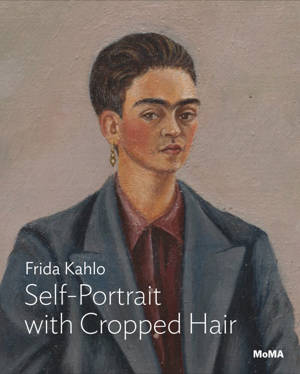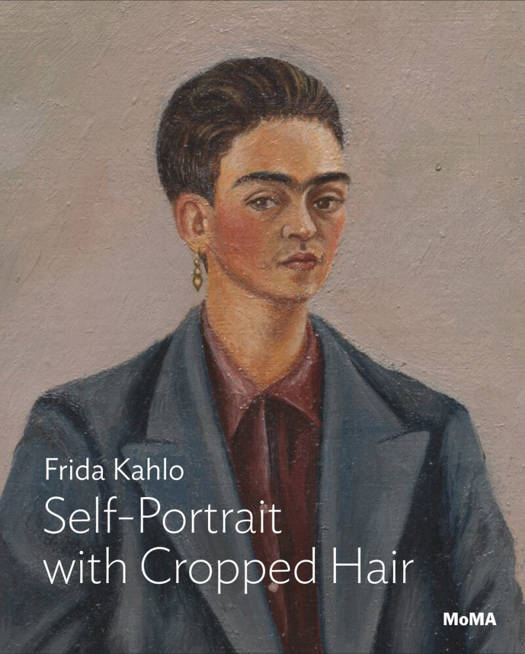
- Retrait gratuit dans votre magasin Club
- 7.000.000 titres dans notre catalogue
- Payer en toute sécurité
- Toujours un magasin près de chez vous
- Retrait gratuit dans votre magasin Club
- 7.000.000 titres dans notre catalogue
- Payer en toute sécurité
- Toujours un magasin près de chez vous
Description
Kahlo's iconic gender-bending self portrait
Neutral hues, an ill-fitting man's suit and wiggling locks of cut hair supplant Frida Kahlo's (1907-54) usual lively color palette, indigenous Mexican dress and long plaits in Self-Portrait with Cropped Hair (1940). Nevertheless, the painting remains unmistakably Kahlo's. In the wake of a divorce from artist Diego Rivera, Kahlo turns to her favorite genre, self-portraiture, to express her deepest emotional and psychological urges. Inscribed with the lyrics of a popular song that translate as "Look, if I loved you it was for your hair. Now that you're without it I no longer love you," the work oscillates between evocations of a popular culture shared by many and unflinching forays into the private sphere. Curator Jodi Roberts' essay, too, moves between the public and the private as it situates Kahlo's painting in the context of the Mexican Revolution's legacy, the Surrealist tradition and the artist's own life to explore the ways in which Kahlo constructed and reconstructed her own identity.
Spécifications
Parties prenantes
- Auteur(s) :
- Editeur:
Contenu
- Nombre de pages :
- 48
- Langue:
- Anglais
- Collection :
- Illustré:
- Oui
Caractéristiques
- EAN:
- 9781633450752
- Date de parution :
- 23-07-19
- Format:
- Livre broché
- Format numérique:
- Trade paperback (VS)
- Dimensions :
- 183 mm x 224 mm
- Poids :
- 204 g







